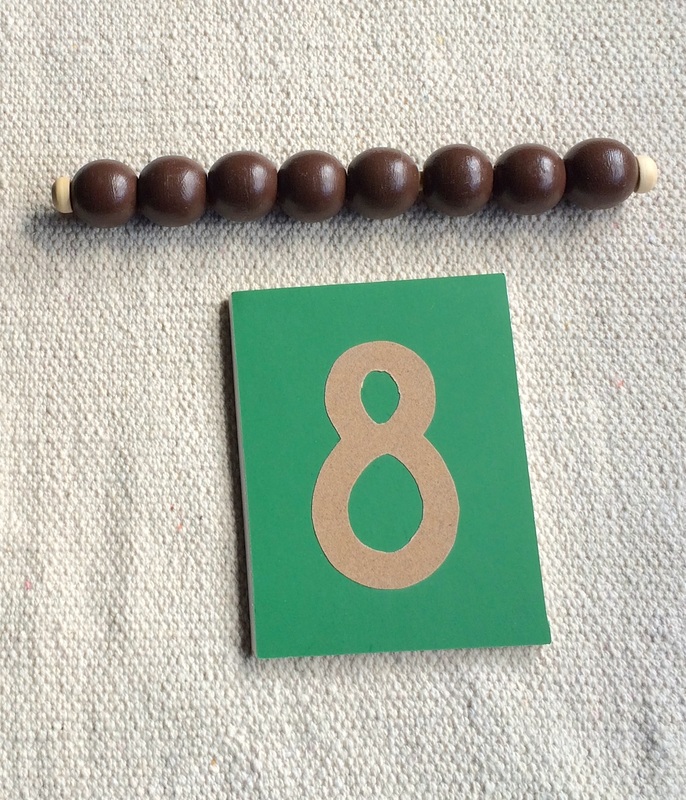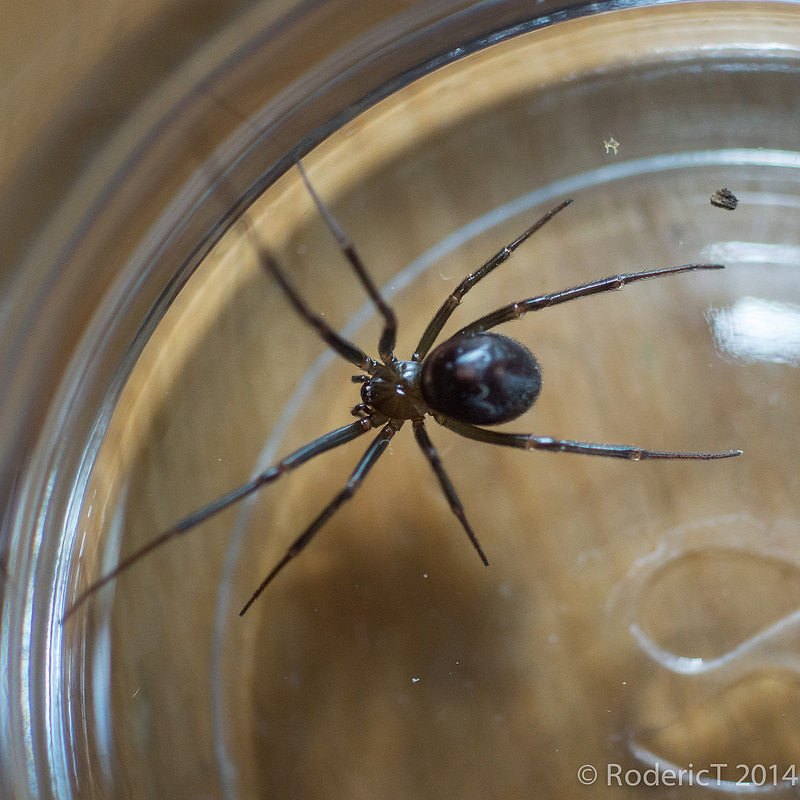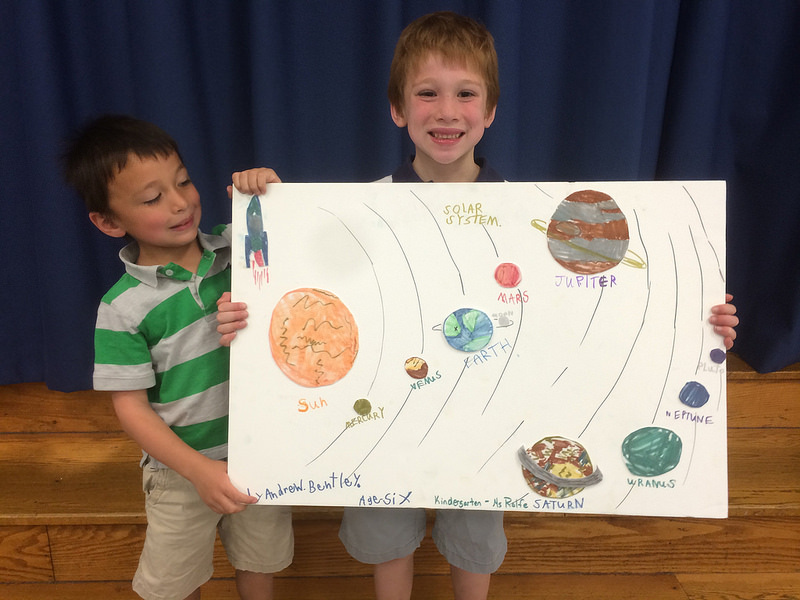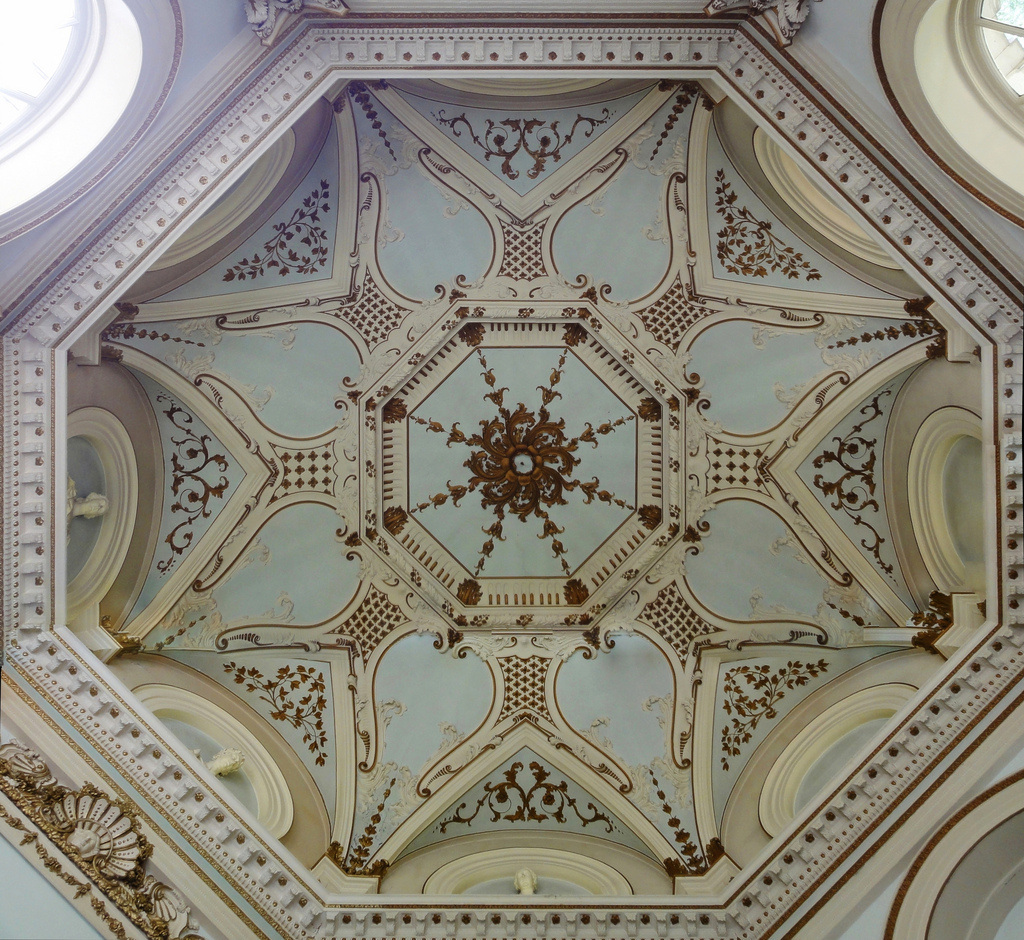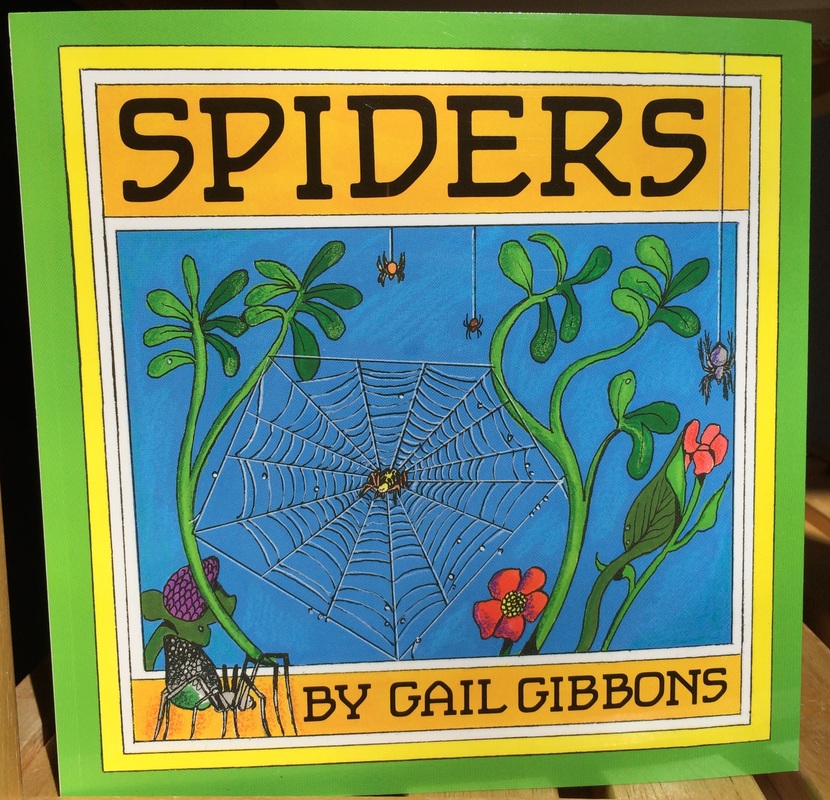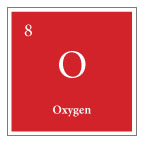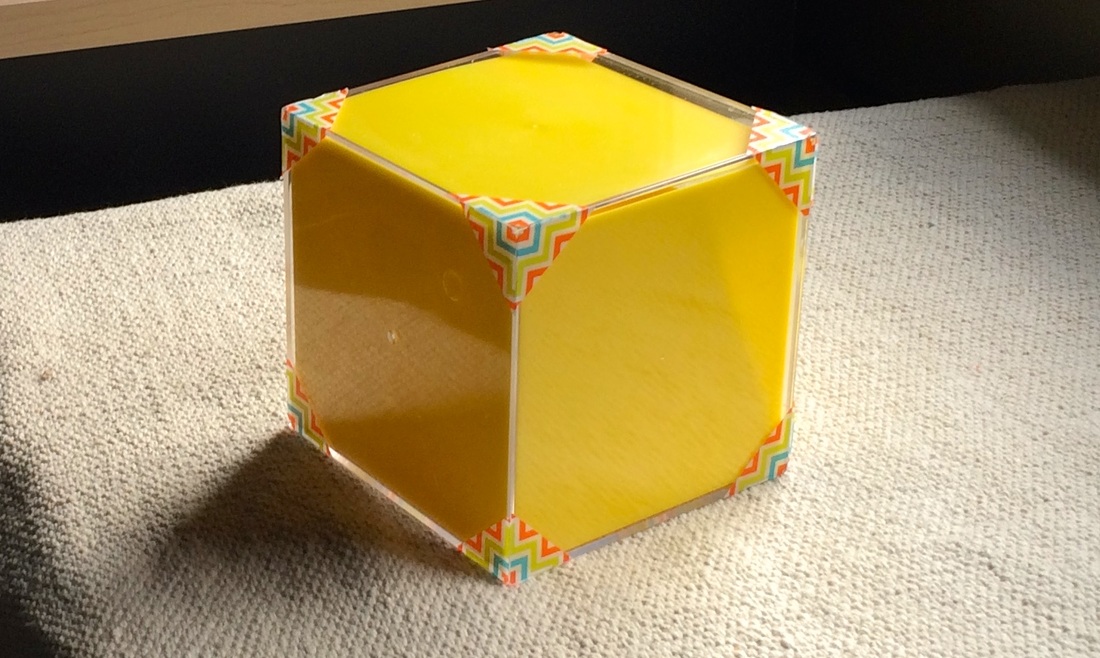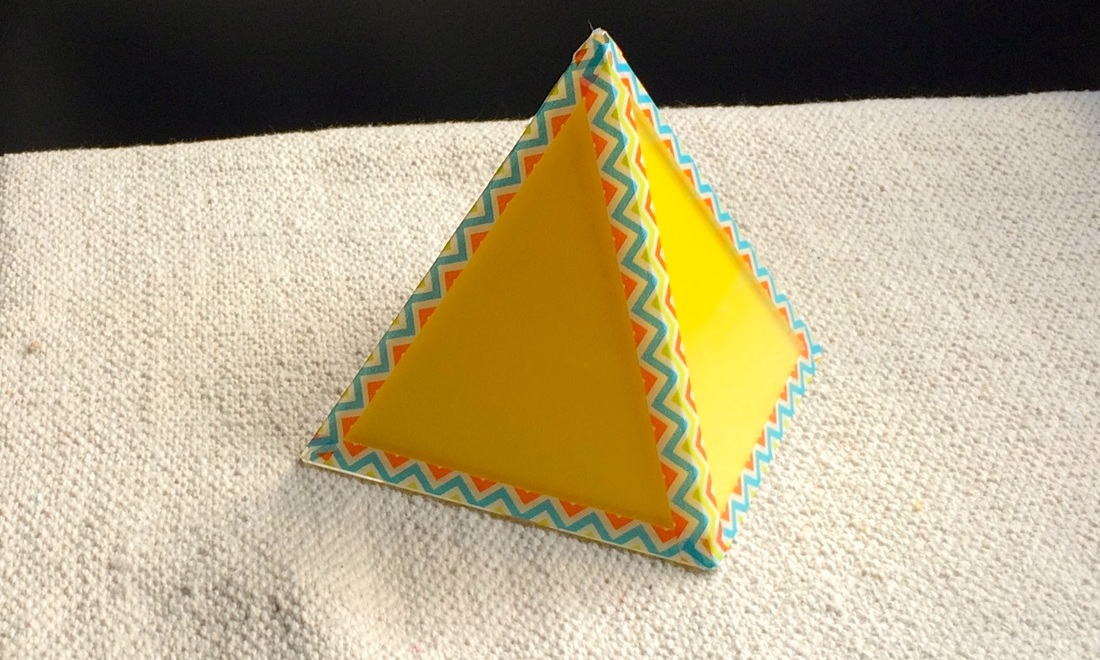| SNAP-Scaffolding for Numerical Synapses |
EIGHT
OBSERVING EIGHT WITH YOUNG CHILDREN
Observing eight includes exploring geometric expressions of eight, i.e., octagons, octagrams;
polyhedrons such as an octagonal pyramid and an octagonal prism.
polyhedrons such as an octagonal pyramid and an octagonal prism.
|
INTRODUCTORY ACTIVITIES
LIFE SKILLS
SENSORIAL EXPLORATION
MATH
LANGUAGE
CULTURE
History and Timelines
Art and Music
Science
Astronomy
Botany/Zoology/Human Body
ADDITIONAL ACTIVITIES
|
|
